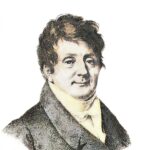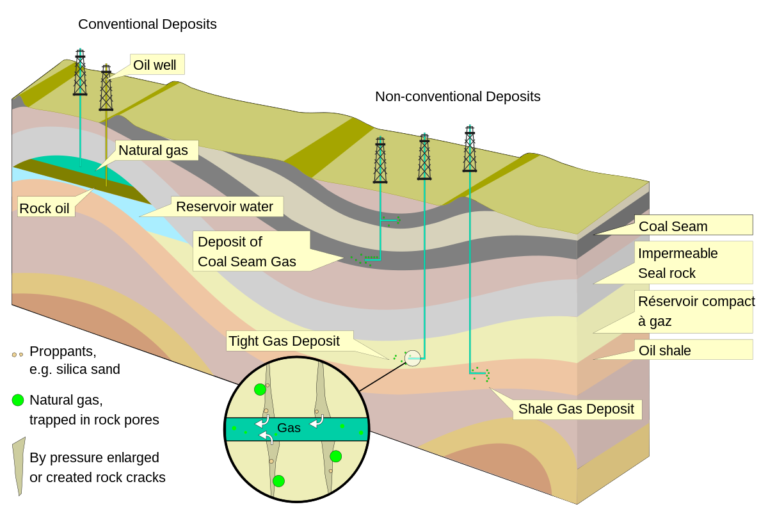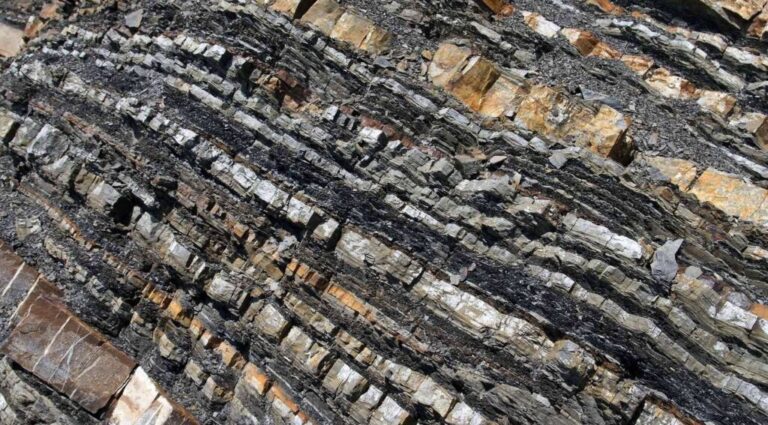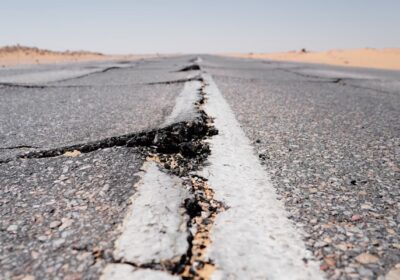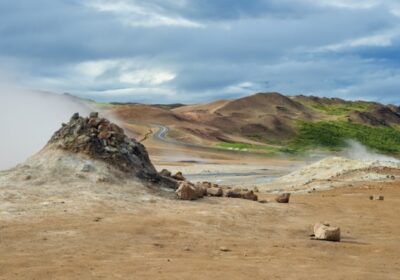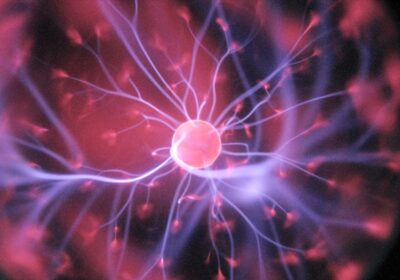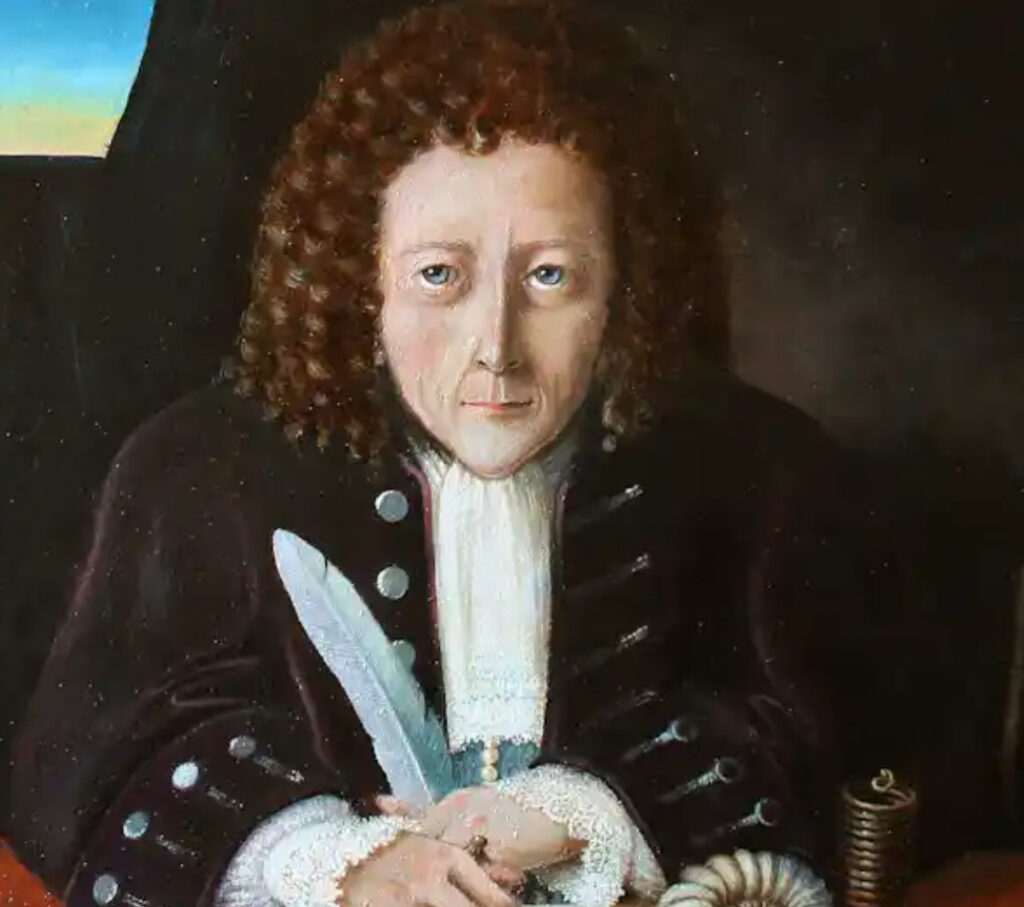
Robert Hooke Images: Unraveling a Scientific Enigma
Embark on a visual odyssey into the life and work of Robert Hooke, a scientific luminary of the Renaissance era. Delve into rare images that unveil the enigmatic persona behind groundbreaking contributions to physics, geology, and urban reconstruction. Join us in unraveling the captivating story of Robert Hooke’s enduring legacy.
Robert Hooke: A Journey through Time and Discovery
Born in the Isle of Wight on July 28, 1635, Robert Hooke embarked on a scholarly journey, profoundly impacting physics. His work ranged from discovering cells with his pioneering microscopy to establishing Hooke’s Law in elasticity. A key figure at the Royal Society, Hooke improved scientific instruments and contributed to astronomy and architecture, notably in rebuilding the London post-1666 Fire. His legacy, marked by innovation across multiple fields, underscores the interconnectedness of scientific inquiry, inspiring future explorations and discoveries.
Early Academic Pursuits
At the tender age of 18, Hooke was bestowed with a chorister scholarship at Oxford, immersing himself in the world of physics mentored by the venerable Robert Boyle, a figure eight years his senior. This academic convergence laid the foundation for Hooke’s enduring legacy.
Hooke’s Law and the Wave Equation
Hooke’s renowned law, a collaborative offspring with Newton, unravels the mysteries of deformation. A pivotal moment in physics, the derivation involves equating forces arising from acceleration and elastic deformation. Through this revelation, the motion of vibrating particles became computationally accessible, credited to d’Alembert in 1742 and serving as the bedrock of seismic rock physics.
Hooke’s Multifaceted Endeavors
Beyond his physics prowess, Hooke delved into geology. The seminal work “Micrographia,” published in 1665, showcased Hooke’s meticulous documentation and artistic prowess in illustrating microscopic observations. Petrified wood, forams, ammonites, and quartz crystals found their place in his detailed narratives. His musings extended to chalk formations near his hometown, a testament to his diverse scientific pursuits.
A Renaissance Figure in Rebuilding London
Post the catastrophic great fire of 1666, Hooke collaborated with Wren in the reconstruction of London, earning widespread admiration for his contributions. His multifaceted genius led to Newton’s purported jealousy and historical references to him as ‘England’s Leonardo.’ Living a solitary life in his Oxford college, Hooke’s final resting place is marked in Bishopsgate, London.
Hooke’s Enigma: A Portrait by Rita Greer
The enigmatic figure of Robert Hooke, a pivotal character in the annals of science, stands out not only for his monumental contributions but also for the curious lack of contemporary portraits. This absence weaves an intricate layer of mystique around his persona, leaving much to the imagination regarding his physical appearance.
- Historical Context: Hooke’s era was one where portraiture served as a significant means of immortalizing one’s visage for posterity. The lack of such an image for Hooke, therefore, sparks intrigue and speculation about his appearance and the circumstances leading to this visual void;
- Rita Greer’s Interpretation: Amidst this backdrop of mystery, Rita Greer’s artistic endeavor emerges as a beacon of imagination. Her rendition, under the aegis of a Free Art License, embarks on a quest to encapsulate Hooke’s essence. Greer imagines him with distinctive features—a sharp chin that speaks to his resolute character and a broad forehead, possibly symbolizing his vast intellect;
- Physical Characteristics: Greer’s portrayal fills a significant void, providing a visual anchor for Hooke’s legacy. By focusing on prominent facial features, she attempts to convey both Hooke’s intellectual prowess and the intensity of his scientific curiosity;
- Personal Life and Legacy: Despite Hooke’s substantial contributions to science, his personal life remains shrouded in the same veil of mystery that covers his likeness. His status as a bachelor does little to dilute the impact of his work. As a pivotal figure in the development of geophysics, his influence resonates through the centuries;
- The Echo Through Time: The absence of a contemporary portrait does not diminish Hooke’s stature as a scientific luminary. Instead, it adds a layer of intrigue to his story, encouraging a blend of historical research and creative interpretation to bring his character to life.
The gap left by the absence of Hooke’s contemporary images is bridged with a blend of factual reverence and creative license, underscoring the lasting imprint of his scientific legacy despite the personal enigma that surrounds him.
A Legacy in Print and Beyond
Explore the profound relationship between Hooke’s law and seismic waves in the chapters by Bill Goodway and Evan in “52 Things You Should Know About Geophysics.” Their insights, available for free download, further illuminate Hooke’s enduring impact on the scientific landscape.
In honoring Robert Hooke, we celebrate a figure whose contributions transcend disciplines, leaving an everlasting imprint on the annals of science. His pioneering work in physics, geology, and urban reconstruction in the aftermath of the great fire showcases a Renaissance spirit that continues to inspire scientific exploration across diverse realms.
Conclusion: A Timeless Legacy of Scientific Renaissance
In tracing the remarkable journey of Robert Hooke, it becomes evident that his legacy is a tapestry woven with threads of innovation and intellectual curiosity. From the foundational principles of physics to the intricate landscapes of geology, Hooke’s multifaceted genius echoes through time. His role in rebuilding London and the enigmatic portrait by Rita Greer add layers to his enduring mystique. As we delve into Hooke’s chapters in the realm of science, we are reminded that his contributions remain a guiding light for generations, a testament to the enduring impact of a true scientific luminary.









